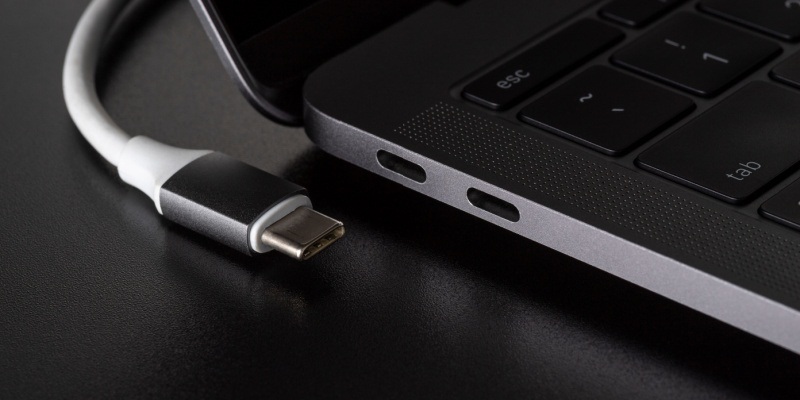
USB cables, also known as Universal Serial Bus cables, are responsible for many groundbreaking professions in technology – and especially when it comes to computers. The USB gets a wide range of coverage due to the role it plays in modern technology. It’s become fundamental in many ways.
Here’s what you need to know about how USB cables transformed computers over the years.
Before USB cables
Long before the USB, it took a multitude of wires to plug equipment into a computer. Even seemingly simple items like a mouse or a keyboard were a hassle to connect. However, once USB cables came along in 1996, they condensed the need for all these wires into a single cable.
The technology it replaced included parallel ports and serial ports, most of which needed software support, which added to the complexity of the situation. Often, there would be a need to restart the system several times as well, as plugging something in would disturb something else within the system. All we needed was a single device that eliminated this chaos. And that’s why USB cables came into the picture.
The release of USB cables
While the introduction of USB cables required many software updates to ensure the equipment was compatible, it was worth it in the end. USB cables are revolutionary as they’re compatible with several devices, which makes a huge difference across industries worldwide. The single goal of making computers easy to use (because originally, they were anything but) was largely met due to USB cables and the avenues they created.
The ongoing success of USB cables
Since their release, USB cables have continued to serve various functions in IT and for different technologies worldwide. Steve Jobs released the first ever iMac as a USB-only device in 1998, which although it was shocking to many, signified the start of a new movement. USBs are faster and allow you to use flash drives and more. This resulted in the phasing out of the floppy disk and others. Soon, mobile phone chargers and all kinds of electrical devices were thoroughly integrated into the USB hype.
Those who have only been using computers in the past ten years might not be able to get their head around the impact that the USB had. Newer iterations lead to less and less people opting for CDs and DVDs, for instance
Examples of equipment that uses USB cables include:
- Keywords
- Mice
- Monitors
- Video cameras
- Printers
- Network adapters
- External hard drives
And while Bluetooth has upped the game yet again (and faced controversy in some instances), there’s no denying the reliability that a USB cable still provides today, whether to charge your phone or other wireless devices.

